Ecotourism in Bangladesh: A Nature Lover’s Bliss
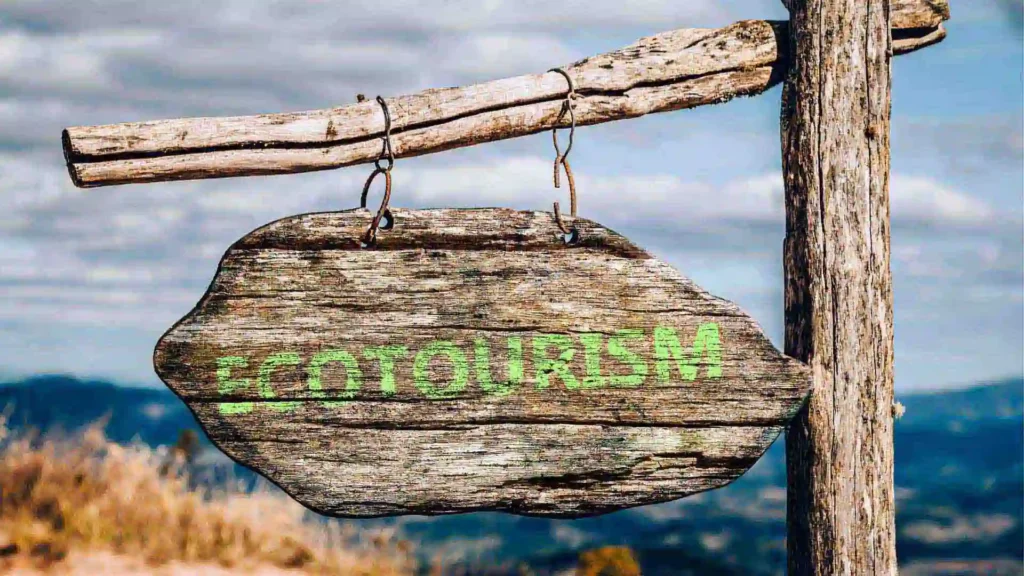
Regarding ecotourism in Bangladesh, many beautiful wonders will brighten up South Asia. This entails having fun in one of the world’s best natural areas while at the same time being environmentally friendly and encouraging the locals.
The country’s topography ranges from mangrove swamp forests and stunning forests to rolling slopes and beautiful beaches, thus making it an ideal destination for environmentally sustainable tourism activities.
Here is a brief travel guide to the most popular sites of ecotourism in Bangladesh and a few recommendations for environmentally friendly travel.
Ecotourism in Bangladesh: Discovering the Gems
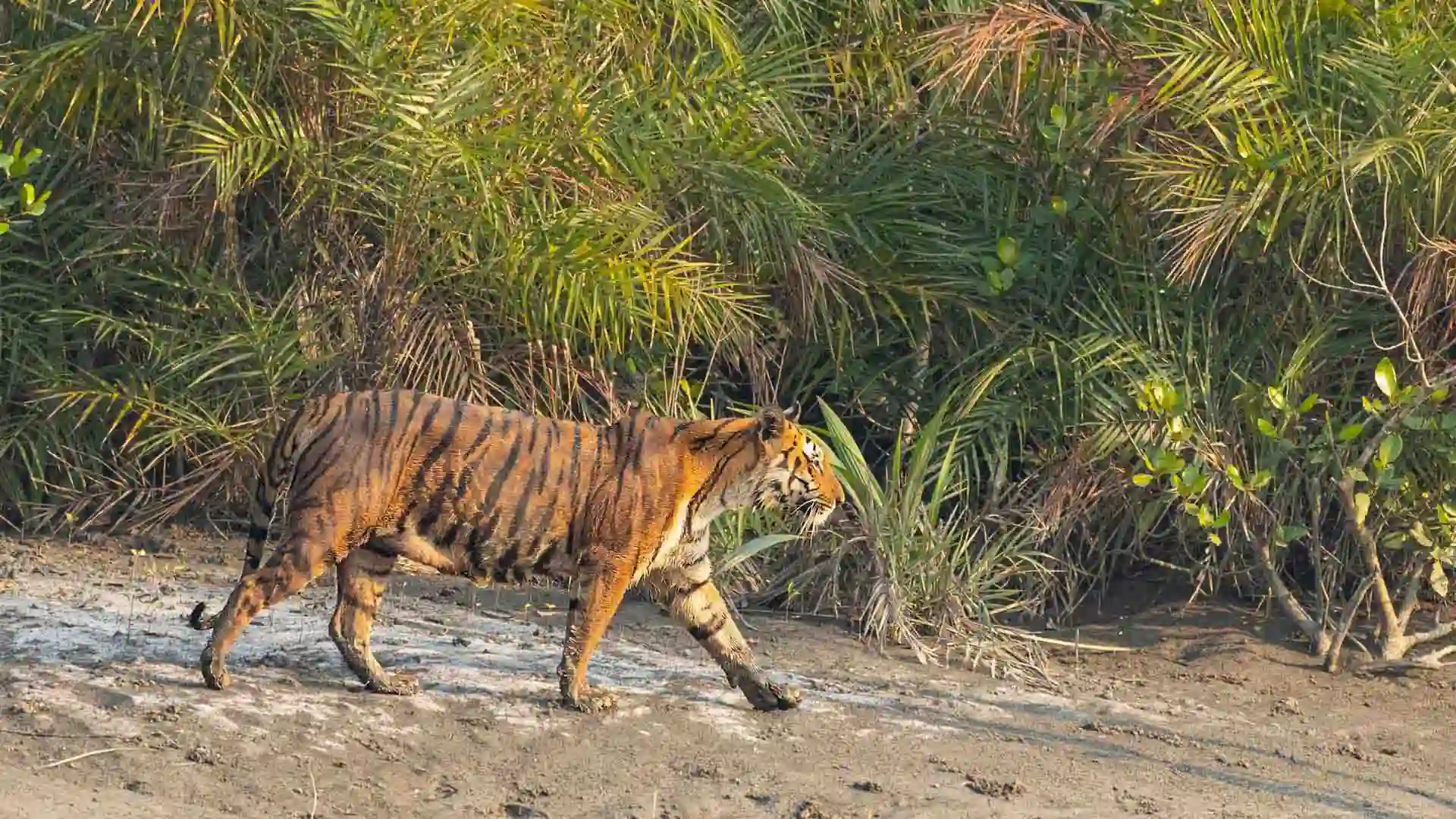
Wetlands and Mangroves
1. Sundarbans Mangrove Forest
In reality, Sundarbans is a paradise for nature lovers. Being the most significant global mangrove forest and a World Heritage site, there is so much to explore and find there. It is one of the few forests in the Sundarbans reserved for the royal and elusive Bengal tiger. Most islands are networks of tidal creeks and mudflats, meaning the best way to explore them is through guided boat tours. To be safe, adhere to park rules and regulations, not share food with any animal, and contribute to organizations interested in protecting this environment.
2. Ratargul Swamp Forest
Ratargul is a quiet freshwater swamp forest located in Sylhet and gives one the feeling of entering an entirely different world. These are perfect for boat riding or bird watching, as the serene environment has beautiful green vegetation. The habitat within the forest is rich with life, not only in different types of birds but also in plant life. To ensure your visit is sustainable, select eco-friendly tours that do not interfere with the forest’s natural state or hinder local authorities in preserving the forests.
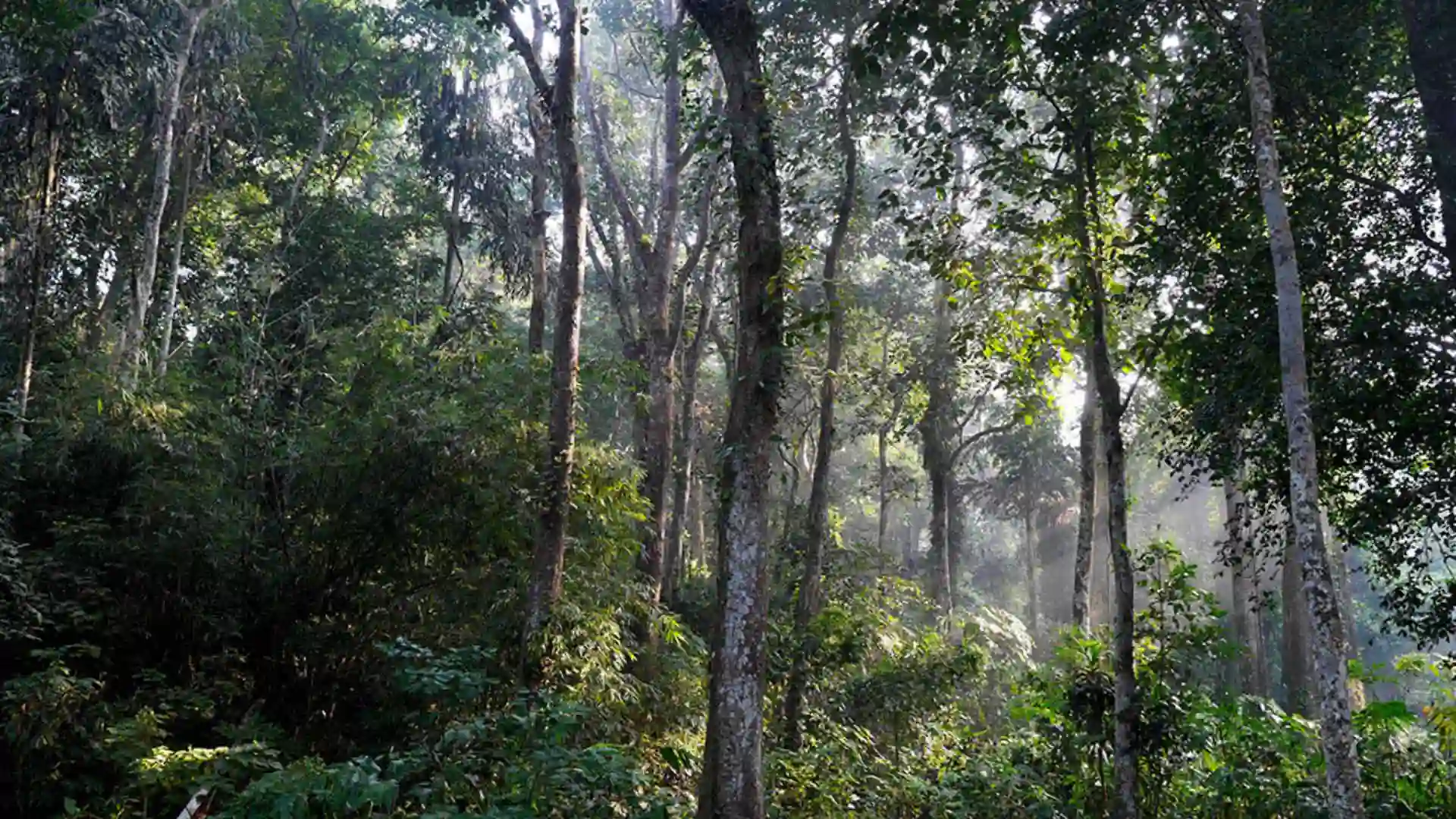
Forests and National Parks
-
Lawachara National Park
Another sight of interest in Sylhet is Lawachara National Park, a giant rainforest with many unique species. This park harbours the endangered hoolock, or Indian gibbon and many other plant and animal species. Some popular and well-developed walking trails encompass other guided tours, allowing a closer look into the rainforest. To confirm sustainable tourism here, do not stray from the tracks, do not litter, and participate in conservation efforts for the critical habitat.
-
Ruma and Boga Lake
Ruma, situated in Bandarban, is the starting point of some of Bangladesh’s most beautiful trekking destinations. You can begin trails from here to Boga Lake, a high-altitude lake with hills surrounding it. It is famous for versatile flora and fauna and can provide an opportunity to unveil the fantastic world of the natural environment. However, to maintain sustainable tourism, it is recommended that you stay in ecological lodges and be considerate of the indigenous people and their culture.
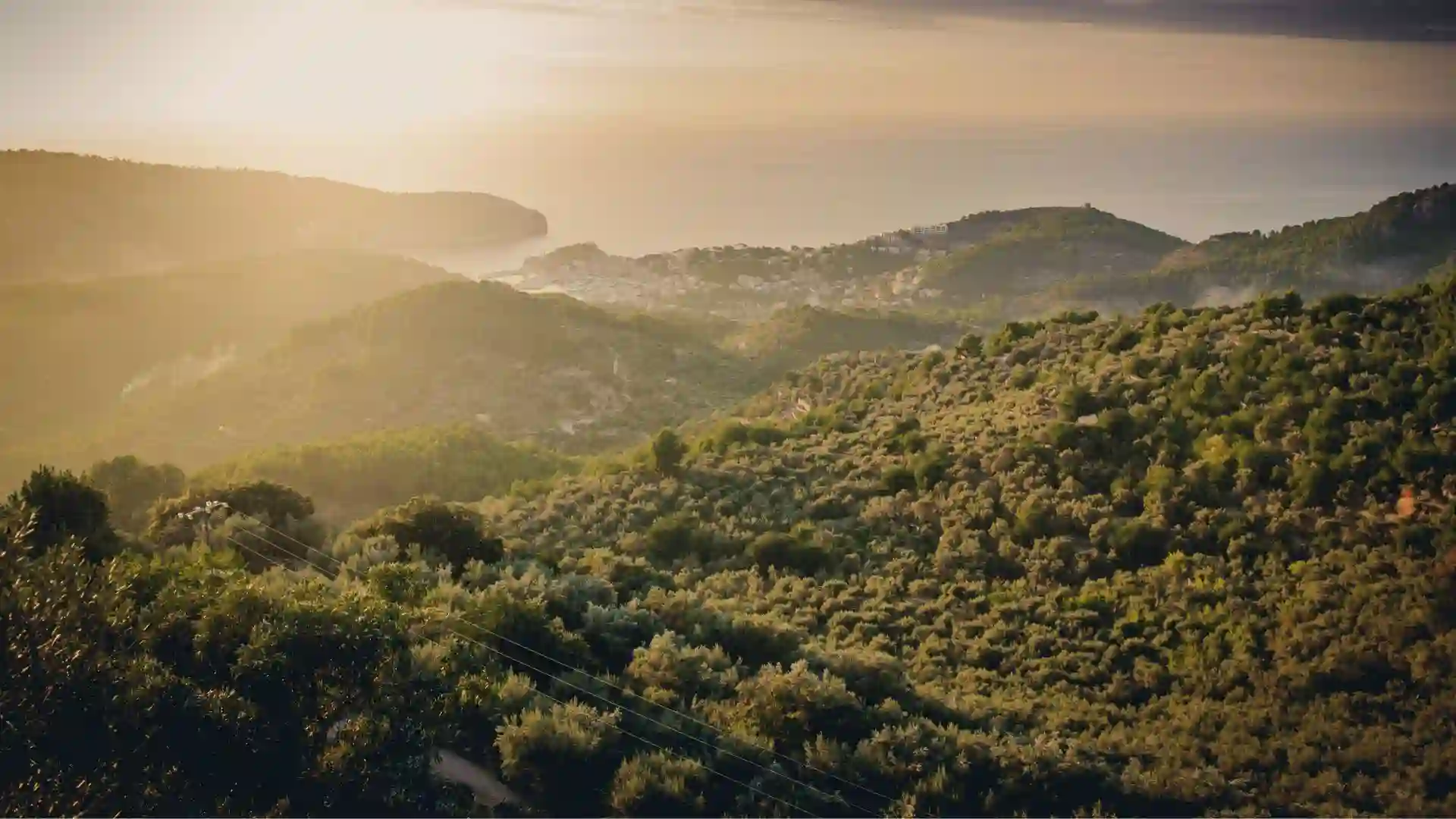
Hills and Highlands
-
Bandarban
Bandarban is one of the districts of the Chittagong Hill Tracts and is known for its hills and its rich tribal life. Some major tourist areas and points are Nilgiri, famous for its beauty, like the Switzerland of Bangladesh, and Ruma, the gateway of Boga Lake. It is recommended to be very cautious about customs, practice appropriate hiking etiquette in Bandarban, and conserve the tourism resources of this area for future visitors.
-
Rangamati
Rangamati has beautiful sites such as Kaptai Lake and many hill tracts in the Rajban Residential Area, surrounded by hills. It is also ideal to take a boat ride or go hiking, and even has the prospect of coming in contact with the Indigenous people, the tribe. These include selecting an eco-accommodation, respecting cultural peculiarities, and keeping the negative environmental impact as low as possible.
-
Sylhet Hills
Sylhet Hills are known all over the country for their beautiful climate and tea gardens. Jaflong offers beautiful sightseeing, interesting rocky terrains, and cascades nearby suitable for relaxation. To travel sustainably in Sylhet, assistance must be given to organic tea farms, and people should be involved in conserving projects that aid the natural beauty of the place.
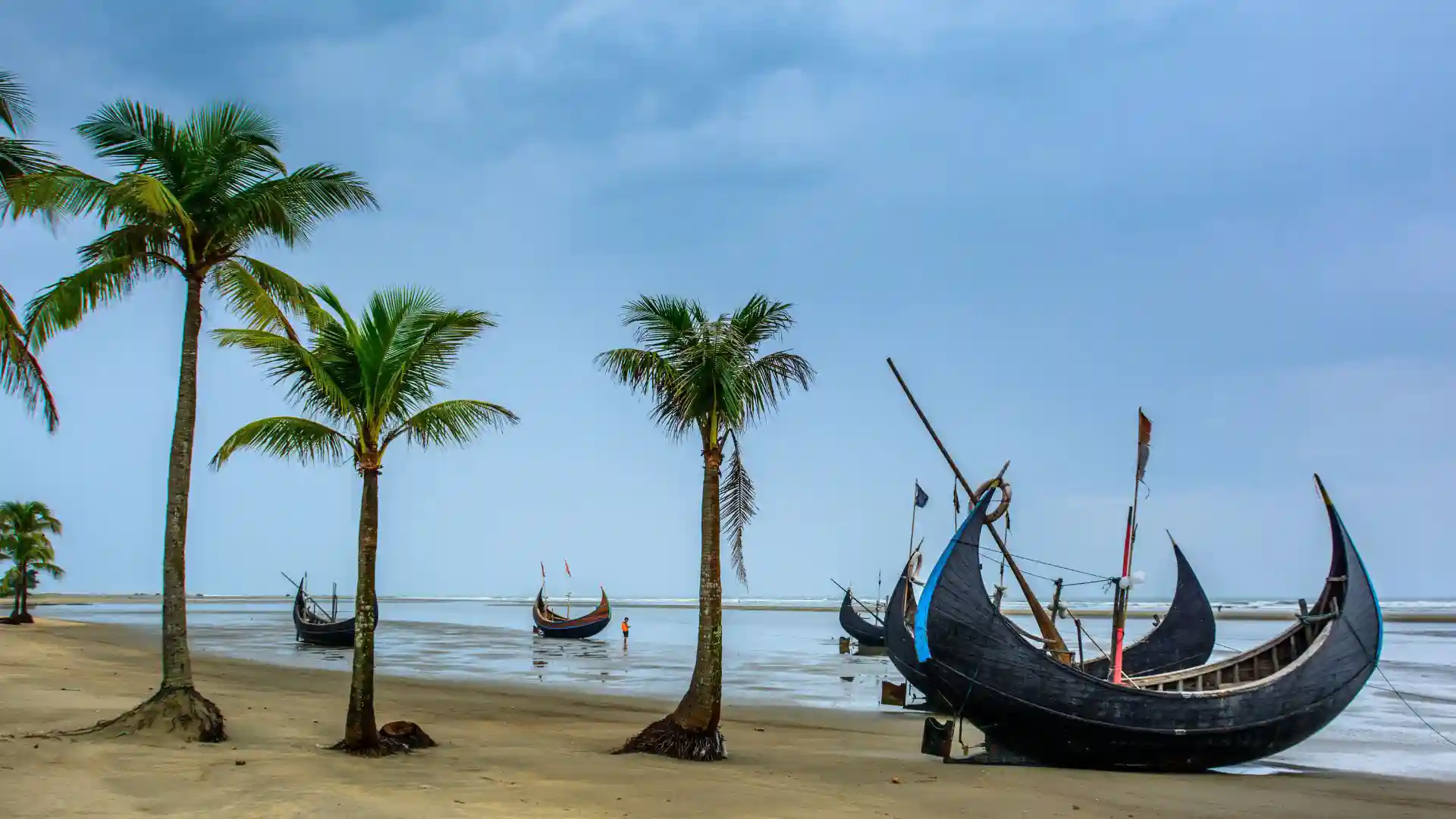
Marine Ecosystems: Beaches and Coastal Areas
-
Cox’s Bazar
Well known for its long natural sea beach, Cox’s Bazar stands proud to have one of the longest natural sea beaches globally, covering 120 kilometers. It is a renowned spot that regales visitors in matters concerning surfing, beachcombing, and getting to watch splendid sunsets. To protect the beach you are visiting, maintain the ‘leave no trace’ policy, do not use disposable products, use environment-friendly accommodation and do not interfere with sea life such as turtles.
-
St. Martin’s Island
St. Martin’s Island is a coral island in the Bay of Bengal, southeast of Bangladesh. It is famous for its clear water and amazing underwater residuals. As far as scenic beauty and water activities, especially snorkeling and exploration of the coral reefs,. As a result, local recommendations should be considered; one should not step on the coral and should support the marine ecosystems in sustainable tourism, which focuses on conserving the island’s flora and fauna.
-
Kuakata
Kuakata, the ‘Daughter of the Sea,’ is blessed as it is perhaps the only place in the world where the sun sets and rises over the Bay of Bengal. It is a quiet place to go for a long stroll on the beach and to gather thoughts. To have a friendly impact on the surrounding environment, remember such problems as excessive use of bags and other plastic products, purchase products and services from local environmentally friendly enterprises, and be careful about the pollution the performed activities could cause.
By exploring these incredible destinations focusing on sustainability, you can help preserve Bangladesh’s natural beauty and support the local communities that call these places home.

Sustainable Travel Tips
- Reduce Plastic Use: It is imperative to always carry your water and reusable bags to reduce the use of products that affect the environment.
- Support Local Businesses: Food can also be taken in locally available restaurants where environmental issues are considered, and housing can be in environmentally friendly lodges.
- Respect Wildlife: It is better to keep a distance from animals and remember the specific rules and regulations of your area.
- Minimize Waste: If you are going camping or hiking, goodness knows when you’ll get back; always dispose of your garbage and, if possible, recycle it.
- Conserve Resources: They are water and energy efficiency or effectiveness and the use of resources in the course of its business. Other minor aspects of the household, such as turning off the lights and using minimal water, fall into this category.
- Engage in Conservation Efforts: Volunteer your time to some organizations or get more involved in conserving resources.
- Educate yourself: To travel/visit nobly and securely, one should be keen on the cultures and environments around them.
- Travel Off-Peak: Tourism should, therefore, occur in areas of interest other than the times of the year that put pressure on the environment.
- Be Mindful of Local Customs: Some things are sacred and should be preserved; Indigenous people’s rights are also respected, and one should only capture certain persons or places with their approval.
- Support Eco-Friendly Initiatives: Promote extreme measures on environmental concern, conservation of the environment, and organizations that support sustainable development.
FAQs about Ecotourism in Bangladesh
- What is ecotourism?
– It is a type of tourism involving natural destinations to enjoy nature while respecting the environment, the economy of the local communities, and learning.
- Every enthusiast wonders why one should travel to Bangladesh for ecotourism?
– Hence, ecotourism in Bangladesh is fabulous due to its natural resources, wildlife, and cultural endowment.
- What destinations are famous for ecotourism in Bangladesh?
– These are the Sundarbans, St. Martin’s Island, the hill tracts including Bandarban, and the coastal belts of Cox’s Bazar and Kuakata.
- What are the sustainable travel methods in Bangladesh?
– Speak or write in the locally preferred language, avoid wasting things, patronize local sellers, sustain natural resources, and use environmentally friendly means of transport.
- Which animal species can be spotted in the Sundarbans?
– The Sundarbans have tigers, Sambar, Wild boar, Gaur, Horned Crocodile and different avian species.
- Is it possible to find environmentally friendly accommodation centers in Bangladesh?
– Indeed, many lodges and hotels have adopted an environmentally friendly culture.
- What activities can I do on St. Martin’s Island?
– Some everyday activities include snorkeling, scuba diving, and cruising over coral reefs.
- When is the most suitable time to plan a visit to the Sundarbans?
– Traveling from November to February is recommended because the cooler temperatures favor wildlife.
- What can I do for the conservation of local species?
– Contribute to conservation efforts, volunteer at environmental organizations, and raise awareness.
- What are some sustainable tourism practices to follow?
-Minimize waste, conserve resources, support local businesses, and educate yourself about the local ecosystem.
The beauty of the environment and cultural endowment make it a suitable destination for ecotourism in Bangladesh. Whether on the nature trails of the Sundarbans, hiking up the hills of Bandarban, or simply on a beach vacation at Cox Bazar, being a responsible traveler benefits both these marvels and the people living here. Practice and promote sustainable tourism and be responsible citizens of our beloved nation so that future generations can also enjoy the beauty of Bangladesh.

